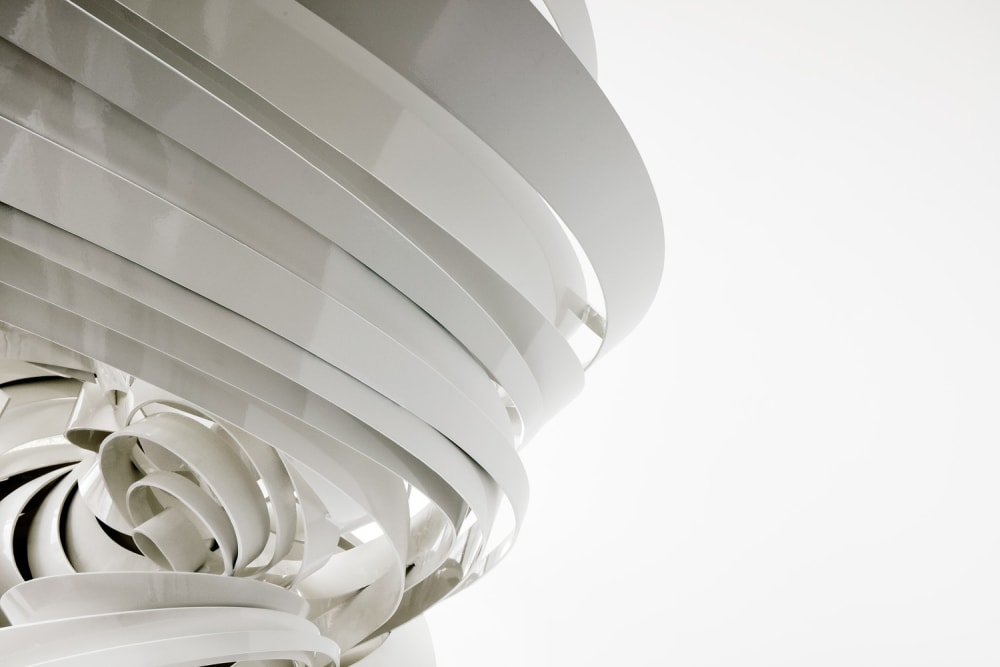THE WONDERFUL PIG OF KNOWLEDGE: ALICE AYCOCK
-
Introduction
Coinciding with this year’s second Gallery Weekend Berlin, Galerie Thomas Schulte will open its presentation of the mechanical object “A Salutation to The Wonderful Pig of Knowledge” by American sculptor Alice Aycock on Friday, June 11, from 4 to 10 pm. The exhibition is Alice Aycock’s first exhibition in Germany in more than 20 years.
Alice Aycock is one of the most influential and inventive artists of her time. Starting her career in the lively art scene of New York in the early seventies she must be seen at the helm of a number of women artists breaking the lines of male domination in visual arts. At the same time she belongs to a young generation of artists like Gordon Matta-Clark and Robert Smithson who question and paraphrase the technological and positivistic attitude that western civilisation had taken on. They try to open up an alternative view of the world beyond that, while at the same time dealing with the traditions of architecture, science, and the arts.
After her beginnings in a rather Land Art-oriented approach that mostly used natural materials like wood, stone, and earth from which she would construct architectural or semiarchitectural objects and environments, Aycock moved to more technical sculptures and apparati of which her work A Salutation to The Wonderful Pig of Knowledge is a prime example. The work was conceived and fully designed during a short stay of the artist in Berlin in 1984. Within the oeuvre it belongs to a group of savage machines or motorized blade machines that Aycock had begun to create in the early eighties when she became interested in inventions, tool making, and the Industrial Revolution. She then thought about urban decay, machines, magic, science, and the remnants of things people carelessly throw away. Particularly strange machinery that created apparitions, had then caught her interest and made her build machines that referred to alchemical and chemical apparatus and kitchen equipment as well as a lot of references to electricity and early science experiments.
A Salutation to The Wonderful Pig of Knowledge is a fantastic amalgamation of machine and animal, an object that is architectural and sculptural as well as mental and emotional. Although it offers some clear clues, the viewer hopes in vain to find a specific message or meaning, for Aycock’s work is characterised by a paradox multipolarity, identified by herself as schizophrenic. The sculpture is such indicative of the artist’s chimerical nature of free associations, her continued need to escape the confines of official interpretations, and her true delight in the disjunctive flights of the imagination as well as the metamorphoses such processes can effect.
The primary source for the sculpture was an illumination of a peacock in an early Spanish manuscript form 945 that made Aycock speculate about the metaphorical and symbolic image of the peacock, being s symbol of the glittering night sky in Eastern cultures, a metaphor for purity in Christian medieval view or for apotheosis in Roman times. At the same time the sculpture tells about a dream that the artist has since childhood and alludes to satyr Marsyas who lost a musical contest with Apollo and was flayed alive by the sun god. But the work also suggests affiliation with Icarus who flew too close to the sun and thus fell into the sea when the wax adhering feathers to this wings melted.
These allusions and many more suggest to read Alice Aycock’s sculpture as a modern allegory of humanity’s hubris on a par with Marsyas’ challenge and Icarus’ flight, while its greed for both information and understanding assumes the far reaches of Faust’ pact with the Devil. -
Installation Views
-
Inquire about works by Alice Aycock

-
Artists on view



